The year is 2024 — or is it? Conspiracy theorists argue that a huge chunk of the early Middle Ages was invented, meaning we might be living in the 1700s instead of the 2020s!
The Phantom Time Hypothesis is a wild theory that claims parts of history—around 300 years—never actually happened. While most historians dismiss it, this theory has sparked a lot of debate among conspiracy lovers.
It takes a lot to add or remove from history, but theorists believe that calendars have been rewritten, emperors are missing, and history as we know it is a complete and utter lie. What do you believe?
The Years Between 614 and 911 Never Happened

One of the central claims of the Phantom Time Hypothesis is that 297 years between 614 AD and 911 AD were entirely fabricated. Supporters argue that this chunk of time was added to the calendar by powerful rulers to make themselves appear more significant. They believe that historical records from this period were either altered or simply made up to match the timeline.
Charlemagne Was A Fictional Character
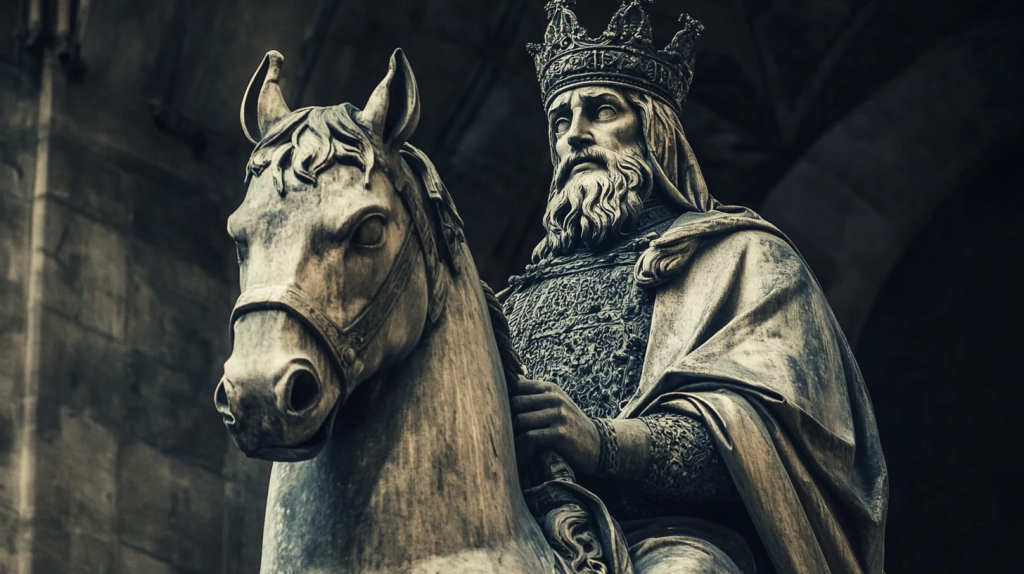
Some Phantom Time believers claim that Charlemagne, one of the most important figures in European history, never existed. They think his legendary reign as the first Holy Roman Emperor was invented to fill the gap in the missing years. According to this theory, historical texts about Charlemagne’s rule were written much later as a part of a grand conspiracy.
The Gregorian Calendar Is A Cover-Up
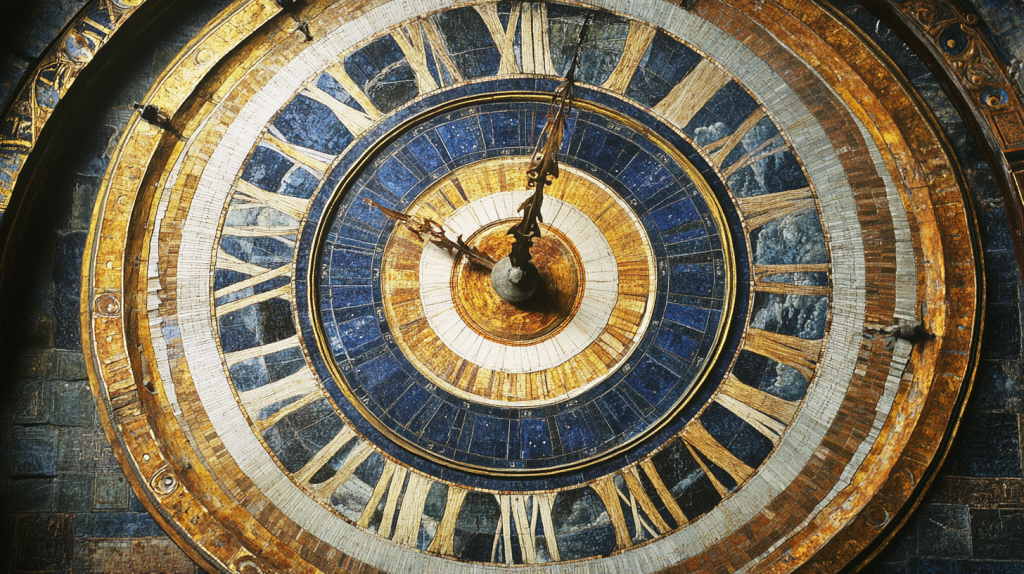
The switch from the Julian calendar to the Gregorian calendar in 1582 plays a key role in this theory. Phantom Time supporters claim that the calendar reform was part of a massive cover-up to account for the missing centuries. They believe that Pope Gregory XIII introduced the new system to hide the fact that historical timelines had been tampered with.
Archaeological Evidence Doesn’t Match the Timeline

Some proponents argue that there’s a suspicious lack of archaeological evidence from the “missing” years. They claim that buildings, artifacts, and other relics from this period are strangely sparse, suggesting that these centuries were fabricated. Critics, however, explain this by pointing to poor record-keeping and preservation techniques in those times.
The Byzantine Empire Is Shorter Than Claimed

Supporters of Phantom Time argue that the Byzantine Empire, which supposedly lasted over a thousand years, is one of the biggest historical exaggerations. They believe that many events attributed to this empire were stretched out over time or never happened at all, compressing centuries of history into a much shorter timeline.
Holy Roman Emperors Conspired to Change History
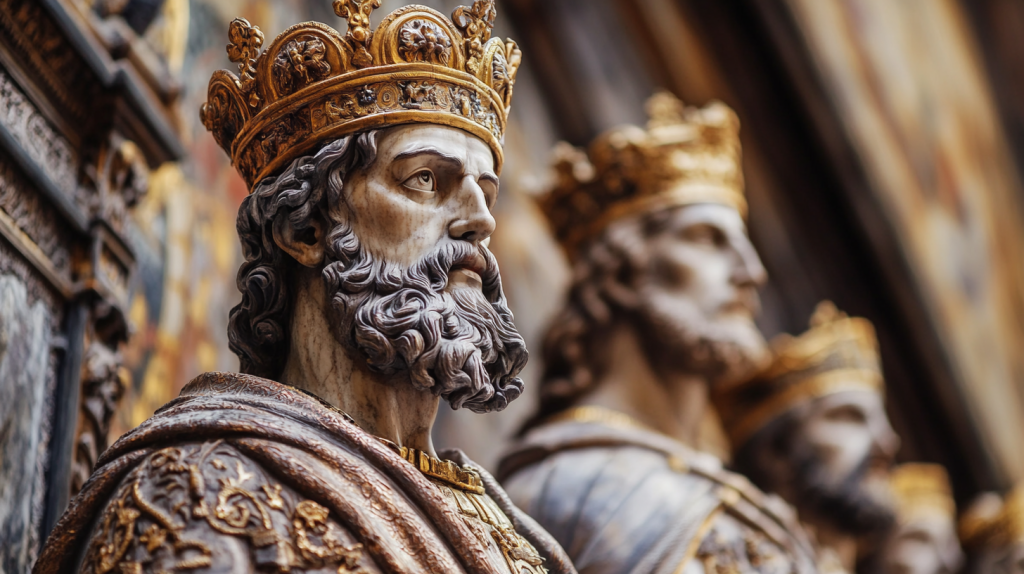
One of the most outlandish theories within the Phantom Time Hypothesis is that Holy Roman Emperors Otto III and Constantine VII worked together to change history. Supporters think these rulers were motivated by a desire for power and legitimacy, so they altered historical records and added centuries to the calendar to make themselves look more powerful.
Written Records Were Falsified

Phantom Time theorists claim that written records from the Middle Ages can’t be trusted. They believe that historical documents were created or altered to reflect the false timeline. According to them, monks and scribes were either bribed or pressured to rewrite history as part of a grand plot by rulers and religious leaders.
The Islamic Calendar Doesn’t Match Up
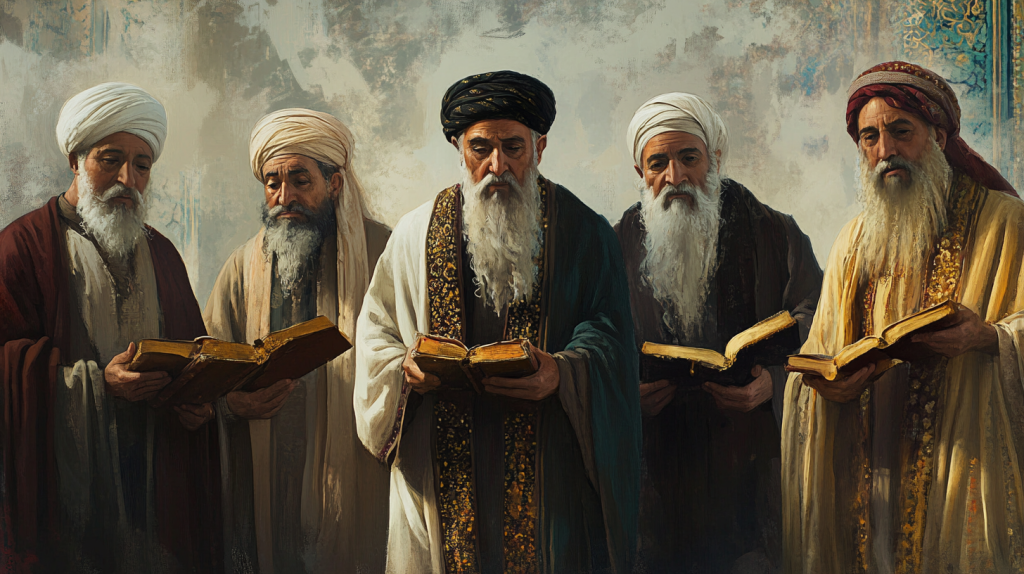
Some supporters point to the Islamic calendar, which has remained relatively unchanged since its inception, as evidence that the Phantom Time theory might hold some truth. They argue that the Islamic calendar does not align with the Gregorian calendar, raising questions about whether the historical timelines were manipulated.
Romanesque Architecture Appears Too Suddenly

The rapid emergence of Romanesque architecture in Europe is seen by Phantom Time supporters as suspicious. They argue that architectural styles usually evolve slowly, yet Romanesque structures seemed to pop up almost overnight. This, they believe, is a clue that those missing centuries never happened, making the sudden appearance of these buildings seem out of place.
Astronomical Events Were Backdated

According to some Phantom Time theorists, key astronomical events were retroactively calculated to fit into the rewritten timeline. They claim that eclipses and comets that supposedly happened during the “missing” years were artificially inserted into history books to give the false timeline more credibility.
Certain Languages Evolved Too Quickly

Supporters argue that the evolution of some European languages, like Old English and Latin, happened too quickly, which could indicate that centuries of linguistic development were skipped over. They believe this rapid shift in language is another clue that the timeline has been tampered with.
There’s No Consensus on Dates in Early Medieval History

Phantom Time believers often highlight how scholars can’t seem to agree on exact dates for many events in early medieval history. They think this confusion is because much of that history was made up. Supporters believe that the inconsistencies in historical dates point to a cover-up of missing time.
The Viking Age Was Compressed

The Viking Age, traditionally dated from 793 to 1066, is another period Phantom Time theorists question. They claim that the length of Viking raids and expansion doesn’t add up, and that historical accounts from this era were exaggerated to stretch over missing centuries.
Chinese History Conflicts With the Western Timeline
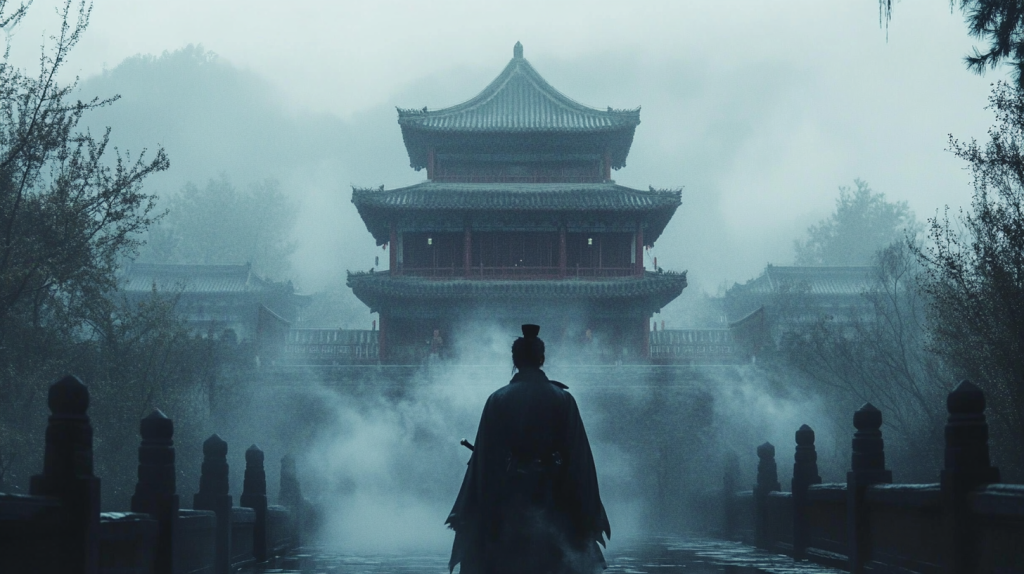
Some Phantom Time supporters turn to Chinese historical records to support their case. They argue that certain key events in Chinese history don’t match up with Western timelines, suggesting that there’s something fishy about the official version of history. They believe this conflict in timelines hints at the manipulation of the European calendar.
Historians Are Protecting the False Timeline

Some Phantom Time theorists believe that modern historians are either intentionally or unintentionally protecting the false timeline. They claim that historians refuse to consider the possibility of missing years because it would upend centuries of academic work. This, according to believers, is why the Phantom Time Hypothesis is dismissed as a conspiracy.
17 Old Wives’ Tales That Are Actually True

Old wives’ tales have been passed down through generations, often dismissed as mere superstition. However, many of these age-old beliefs are rooted in truth. From health tips to weather predictions, these stories from the past can surprise us with their accuracy. Here are 17 old wives’ tales that are actually true.
Read More: 17 Old Wives’ Tales That Are Actually True
Ellen has been obsessed with logic puzzles, jigsaws, and cryptograms since she was a kid. After learning she was taught how to play chess wrong by a family friend (so they could win), she joined her school chess club and the rest is history.


